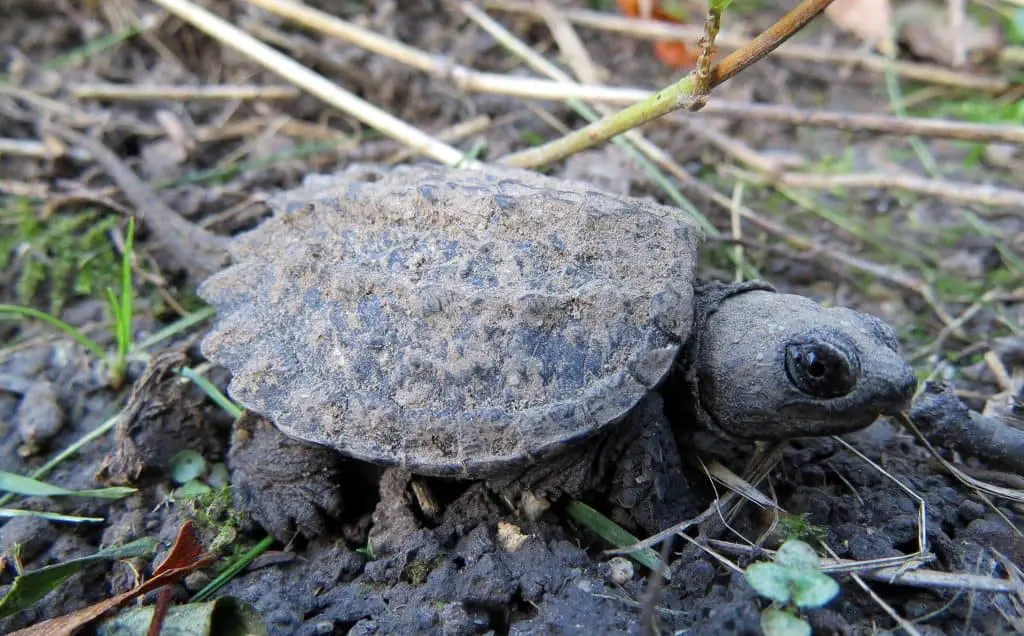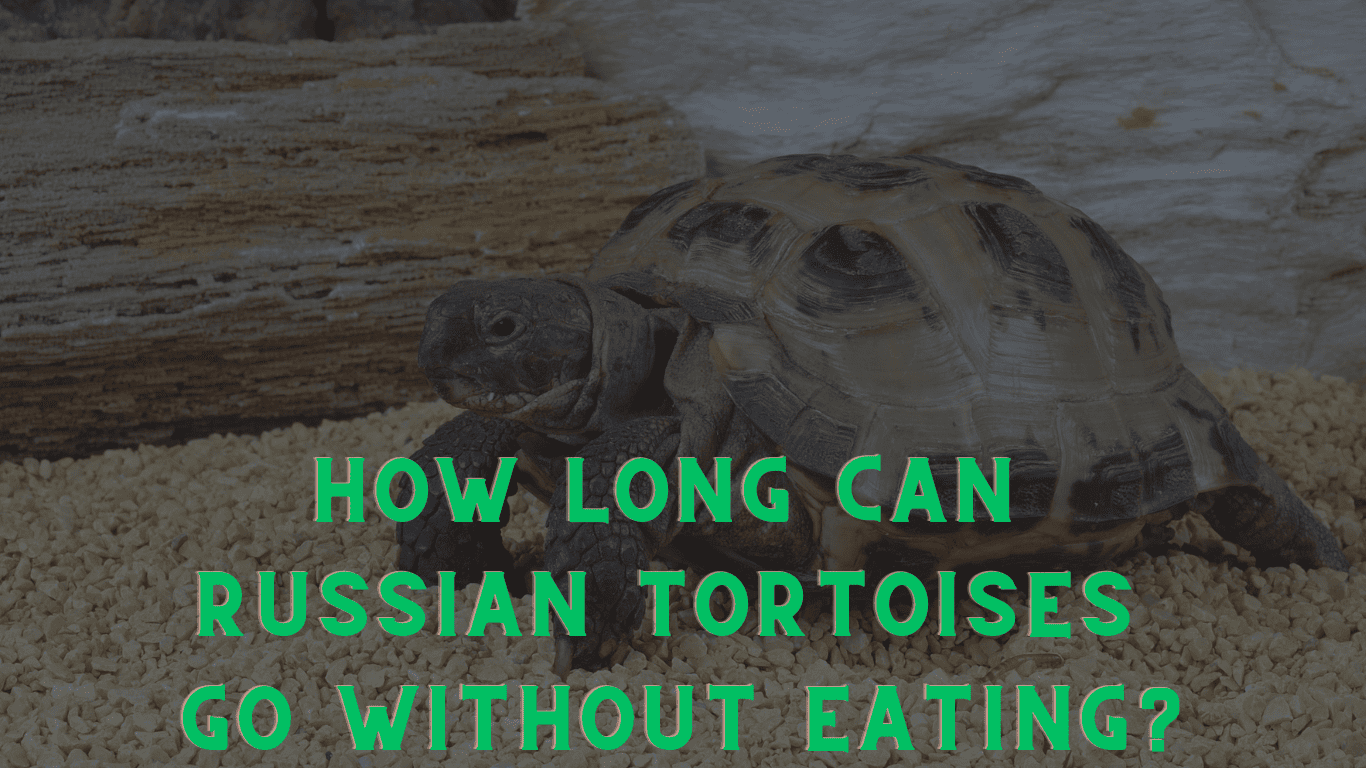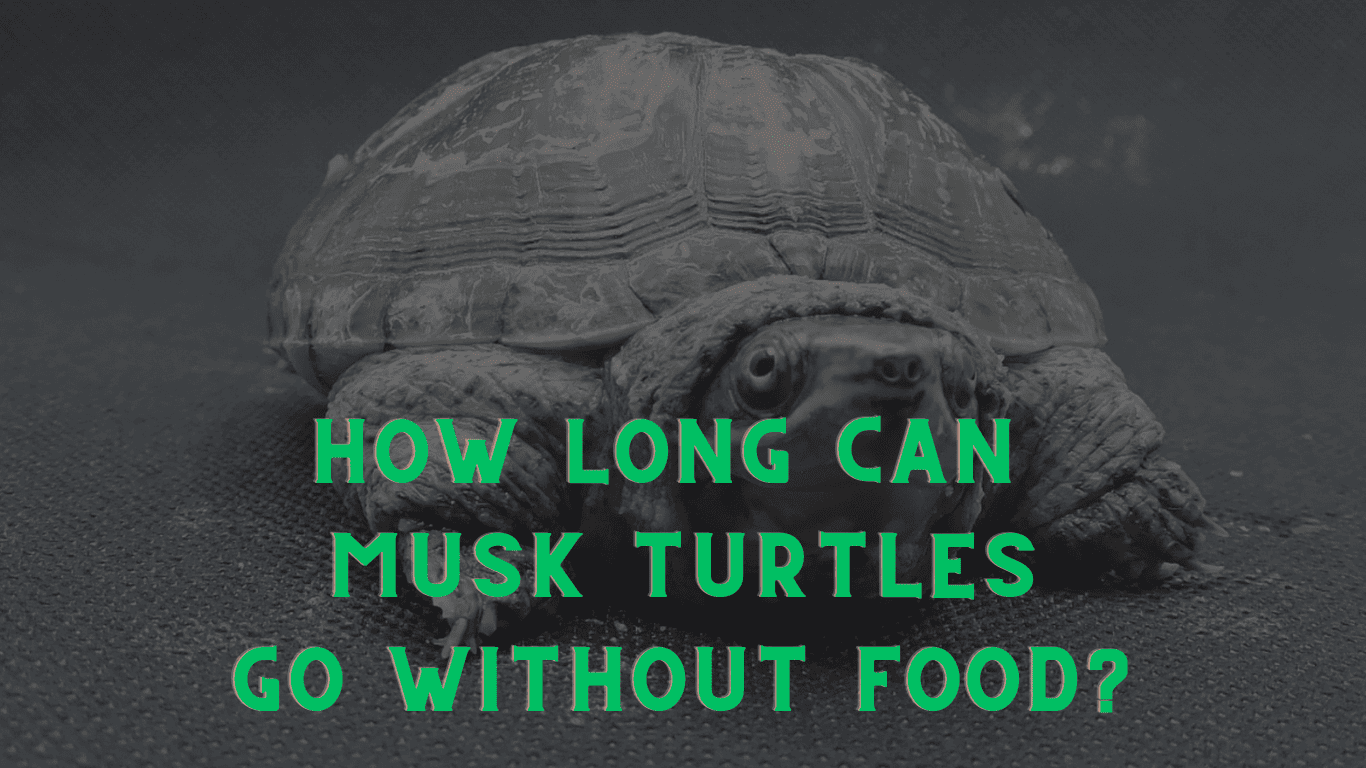Baby snapping turtles are omnivores; their diet can be based on animal and plant-based foods including turtle food pellets, live food such as mealworms and guppies, cooked meats like chicken and fish, and a variety of plants and fruits. It’s important to avoid refined sugars and processed foods.
For the first six months, they should be fed once or twice daily, and after that, once every two days. Feeding should always occur in water to aid swallowing.
| Key Information | Details |
|---|---|
| Diet | Omnivorous, includes turtle food pellets, live food, meat, fish, plants, and fruits |
| Feeding Frequency | Once or twice a day for the first 6 months, then once every two days |
| Common Mistakes | Overfeeding, feeding the wrong foods, not providing a balanced diet |
| Additional Tips | Provide a variety of food, monitor your turtle’s health, ensure clean water, and create a feeding schedule |
What Types of Food Can Baby Snapping Turtles Eat?
Baby snapping turtles are omnivores, which means they eat both plant and animal-based foods. Their diet is diverse and includes a variety of foods to ensure they get all the necessary nutrients for their growth and development.

Turtle Food Pellets
Turtle food pellets are a staple in the diet of baby snapping turtles. These pellets are specially formulated to provide a balanced diet for turtles. They contain all the necessary nutrients and are easy to feed. Brands like Reptomin are popular and can be easily found in pet stores.
Live Food
Baby snapping turtles also enjoy live food. This includes mealworms, guppies, ghost shrimp, and crickets. Live food not only provides essential nutrients but also stimulates the turtle’s natural hunting instincts.
Meat and Fish
Protein is an essential part of a snapping turtle’s diet. Chicken, beef, turkey, and fish are all good sources of protein. However, it’s important to feed them cooked, unseasoned meat and fish to avoid any potential health issues.
Plants and Fruits
In addition to animal-based foods, baby snapping turtles also eat a variety of plants and fruits. They can consume aquarium vegetation like Elodea (water weeds) and other green plants. Fruits can also be part of their diet, but they should be given in moderation.
It’s crucial to avoid feeding them refined sugar, bakery products, and processed food. These foods can harm their health and should be strictly avoided. For more information on what turtles eat, you can check out our detailed guide here.
How Often Should You Feed a Baby Snapping Turtle?
Feeding frequency is another important aspect to consider when caring for a baby snapping turtle. For the first 6 months, baby snapping turtles should be fed once or twice a day. After they cross the 6-month mark, feeding them once every two days is sufficient.
It’s also important to note that snapping turtles, like other turtles, eat in water. This is because their tongues are not designed to push food to the back of their mouths for swallowing. For more insights on turtle behaviors, you can visit our post on why turtles dig holes.
What Are the Specific Dietary Needs of Baby Snapping Turtles?
Understanding the specific dietary needs of baby snapping turtles is crucial for their growth and development. These turtles require a balanced diet that includes a variety of foods to ensure they get all the necessary nutrients.
Protein
Protein is a vital part of a snapping turtle’s diet. It helps in their growth and development. Animal-based foods like meat, fish, and live food are excellent sources of protein. However, it’s important to ensure that the meat is cooked and unseasoned to avoid any potential health issues.
Vitamins and Minerals
Vitamins and minerals are also essential for the health of baby snapping turtles. They help in the proper functioning of their
bodies and contribute to their overall health. Fruits and vegetables are good sources of vitamins and minerals. However, they should be given in moderation as too much can lead to health issues.
Fiber
Fiber is another important nutrient for baby snapping turtles. It aids in digestion and helps prevent constipation. Plant-based foods like green vegetables and fruits are good sources of fiber.
For more information on the dietary needs of turtles, you can check out our post on whether turtles are omnivores, herbivores, or carnivores.
Common Feeding Mistakes to Avoid
When feeding a baby snapping turtle, there are a few common mistakes that you should avoid.
Overfeeding
Overfeeding is a common mistake made by many turtle owners. While it’s important to ensure that your turtle is getting enough food, overfeeding can lead to obesity and other health issues. It’s best to follow the feeding guidelines mentioned earlier in this article.
Feeding the Wrong Foods
Feeding the wrong foods can also harm your turtle’s health. Foods like bakery products, processed food, and foods with refined sugar should be strictly avoided.
Not Providing a Balanced Diet
Providing a balanced diet is crucial for the health of your turtle. A diet that includes a variety of foods ensures that your turtle gets all the necessary nutrients.
For more information on how to care for your turtle, you can check out our ultimate guide to snapping turtles.
Additional Tips for Feeding Your Baby Snapping Turtle
Feeding your baby snapping turtle can be a rewarding experience if done correctly. Here are some additional tips to ensure your turtle gets the best nutrition possible.
Variety is Key
Just like humans, turtles enjoy a varied diet. Try to mix up the types of food you offer your turtle. This not only ensures they get a range of nutrients but also keeps them interested in their food.
Monitor Your Turtle’s Health
Keep an eye on your turtle’s health. If they appear lethargic, lose their appetite, or show any signs of illness, it’s important to consult a vet immediately. Changes in behavior can often indicate a health issue.
Clean Water is Crucial
Always ensure your turtle has access to clean water. Turtles not only drink the water but also use it for feeding. Dirty water can lead to health issues, so it’s important to change the water regularly.
For more tips on how to care for your turtle, you can check out our post on how to know if your turtle is happy.
Creating a Feeding Schedule
Creating a feeding schedule can help ensure your baby snapping turtle gets the right amount of food at the right times. Here’s a simple feeding schedule you can follow:
- For the first 6 months, feed your turtle once or twice a day.
- After 6 months, feed your turtle once every two days.
Remember, these are general guidelines, and individual needs may vary. Always consult with a vet or a reptile expert for specific feeding recommendations.
Feeding your baby snapping turtle the right food in the right amounts is crucial for their growth and development. By following the guidelines and tips in this article, you can ensure your turtle gets the nutrition they need to thrive.
For more information on snapping turtles and other reptiles, feel free to explore our other articles.




Leave a Reply